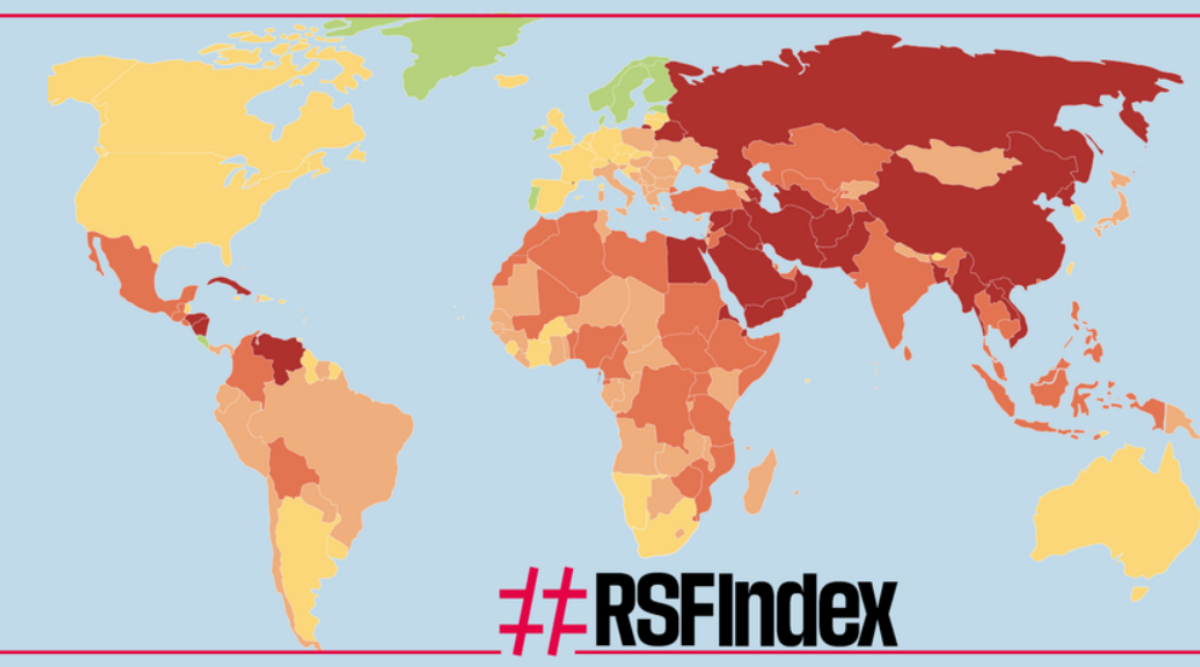“The condition of this wetland is like now that we feel we may fall sick while sailing through the waters. It is stinking badly and the filth of dozens of villages and areas accumulated into it during the floods of 2014, which aggravated the situation.”
Imtiyaz Wani

Spreading over hundreds of Kanals in the outskirts of Srinagar city, the Hokersar wetland is carving for the government attention to restore its pristine glory and bring it on the map of tourism.
The wetland which hosts over half a million migratory birds form different countries of the world is on verge of extinction owing to persistent negligence of government. The employees working in the department rue over government attitude and say that once being the best tourist attraction for tourists it has now turned into a stinky and marshy land.
“Two decades back when the birds would arrive here which starts in December, it would also attract the tourists. It was a source of livelihood for so many people in the vicinity,” recalls a watcher at wetland Ghulam Mohammad Dar.
Dar is witness to the deteriorating conditions of the wetland since he is serving in the department for over three decades.
He says that after the floods of 2014 which filled it with slit the conditions of it worsened.
“The condition of this wetland is like now that we feel we may fall sick while sailing through the waters. It is stinking badly and the filth of dozens of villages and areas accumulated into it during the floods of 2014, which aggravated the situation.”
Dar says that the government even abandoned the wetland though some officials here try to preserve and restore its glory.
Another watcher, Ghulam Mohiuddin recalls that two decades back, the wetland would have the festive season when winter arrives. “Millions of brides were arriving from Siberia, China, Philippine and from many other south Asian countries. The tourists would make a beeline here to catch the glimpses of these birds. However, the number has drastically fallen now and it is not crossing from half million now,” he says.
Hokersar is situated outside the Srinagar near Narbal area and migratory birds flying to Kashmir in winter assemble here in March every year from all parts of valley before migrating to their next destinations.
“This is the transition station for all birds who are flying back from valley after summer arrives. They stay in Wullar lake, Hygam wetland and later assemble here for their departure,” Says, Ghulam Mohiuddin, watcher.
Birds which are found in Hokersar are Migratory ducks and geese which include brahminy duck, tufted duck, gadwall, garganey, greylag goose, mallard, common merganser, northern pintail, common pochard, ferruginous pochard, red-crested pochard, ruddy shelduck, northern shoveller, common teal, and Eurasian wigeon.
The wetland spreading over 13.75 km2 (5.31 sq mi) including lake and marshy area is the most accessible and well-known of Kashmir’s wetlands which include Hygam, Shalibug and Mirgund.
The locals believe that if the government will develop the wetland it may emerge a stopover for all those tourists who travel to Gulmarg in winters.
“Hundreds of tourists are rushing to Gulmarg to enjoy snow fall and extreme cold environs of Gulmarg. In case the hokersar is developed here, it may be a stopover for them which can help the local economy to boost,” says Ghulam Nabi.
Ghulam Nabi says owing to the shrinking agriculture land of the area and growing urbanization, the local economy of the Narbal area has also fallen.
“There are no job opportunities for youth especially in winters in valley. Majority of youth are sitting idle here in winters though they manage to get manual jobs. If tourism is attracted towards the Hokersar, we may find the employment opportunities in winters too”.










